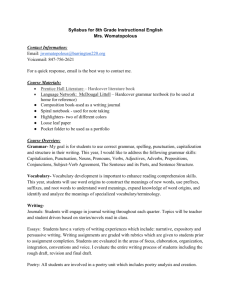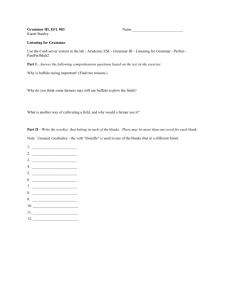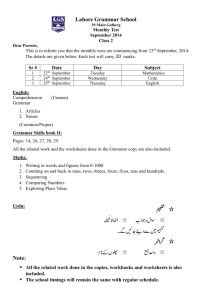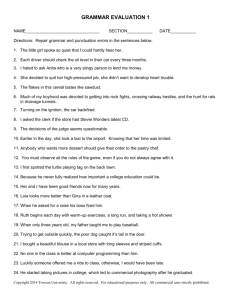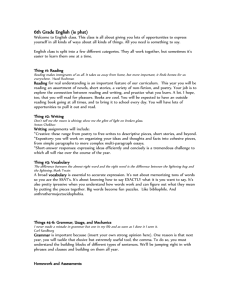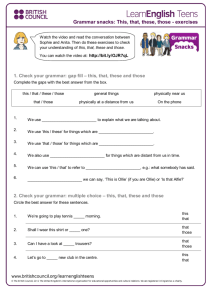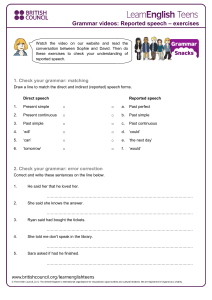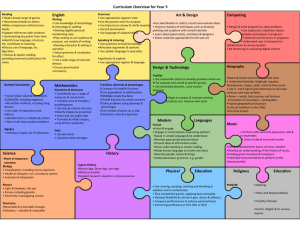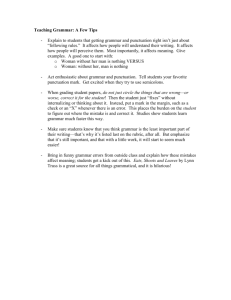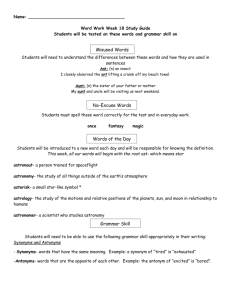Language and Communication
advertisement
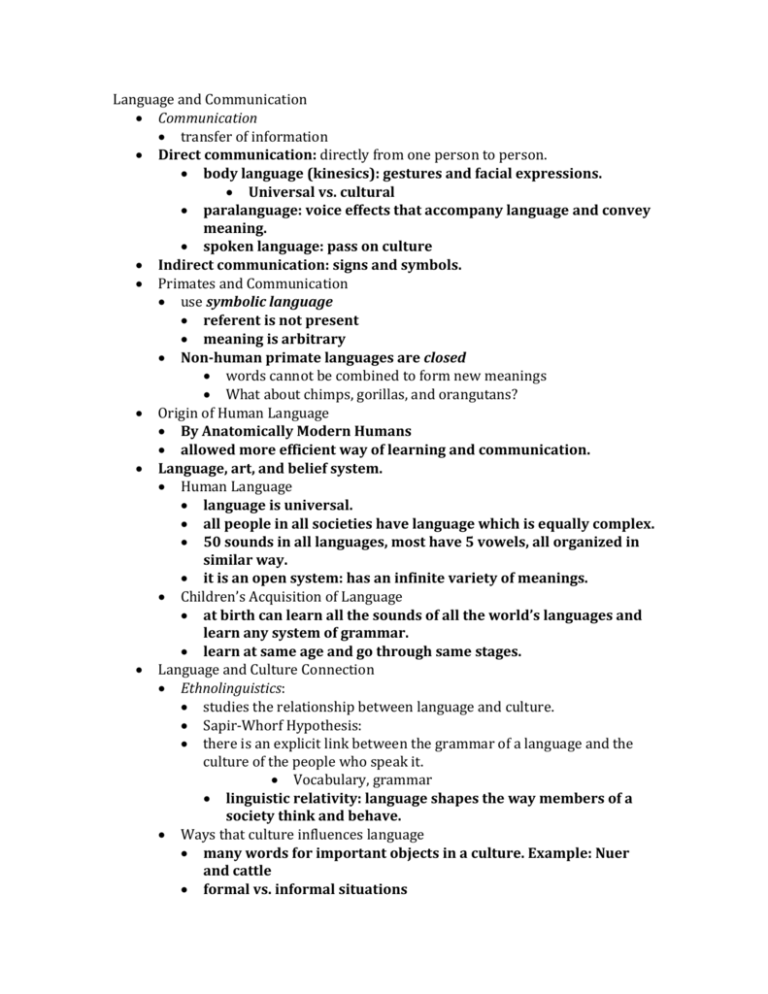
Language and Communication Communication transfer of information Direct communication: directly from one person to person. body language (kinesics): gestures and facial expressions. Universal vs. cultural paralanguage: voice effects that accompany language and convey meaning. spoken language: pass on culture Indirect communication: signs and symbols. Primates and Communication use symbolic language referent is not present meaning is arbitrary Non-human primate languages are closed words cannot be combined to form new meanings What about chimps, gorillas, and orangutans? Origin of Human Language By Anatomically Modern Humans allowed more efficient way of learning and communication. Language, art, and belief system. Human Language language is universal. all people in all societies have language which is equally complex. 50 sounds in all languages, most have 5 vowels, all organized in similar way. it is an open system: has an infinite variety of meanings. Children’s Acquisition of Language at birth can learn all the sounds of all the world’s languages and learn any system of grammar. learn at same age and go through same stages. Language and Culture Connection Ethnolinguistics: studies the relationship between language and culture. Sapir-Whorf Hypothesis: there is an explicit link between the grammar of a language and the culture of the people who speak it. Vocabulary, grammar linguistic relativity: language shapes the way members of a society think and behave. Ways that culture influences language many words for important objects in a culture. Example: Nuer and cattle formal vs. informal situations Formal language, less slang Forms of address: use title, 2nd person pronoun Gender women rapport talk, men report talk- USA Gendered speech: distinct male and female syntax. Examples: Carib, Lakota Taboo Words: avoid use of certain words. Example: Yanomamo

